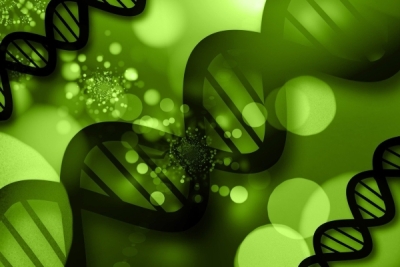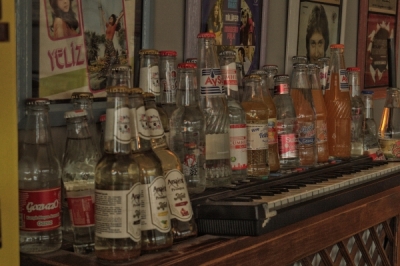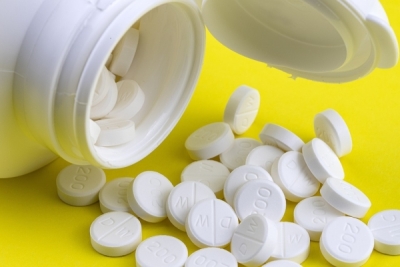Harmful use of alcohol affects more than 2 billion people and is responsible for almost 6% of all deaths worldwide (1). Similar to other chronic multifactorial diseases, the pathophysiology of alcoholism is approximately 50% hereditary and 50% secondary to environmental factors (1). However, despite this alarming information, it is important to emphasize that alcoholism is a preventable and treatable condition.
Pharmacological treatment for alcoholism
In addition to psychosocial interventions, such as individual and group psychotherapy, for example, which play an extremely important role in the treatment of alcohol dependence, there are medications that can also assist in this treatment. These medications help regulate the chemicals in the brain responsible for increasing the urge to drink, and also act to reduce anxiety or relieve withdrawal symptoms when you stop drinking, such as tremors, weakness, or hallucinations.
Currently, this treatment is based on three main drugs: disulfiram, naltrexone and acamprosate (2), which are, in the United States, approved by the Food and Drug Administration, FDA.
Disulfiram
Disulfiram (3,4) is one of the first drugs approved by the FDA for the treatment of alcoholism. It is an inhibitor of the enzymes that break down alcohol into acetaldehyde. Inhibition of the acetaldehyde dehydrogenase enzyme causes an accumulation of acetaldehyde in the body, leading to the ethanol-disulfiram reaction, characterized by severe nausea, vomiting or even convulsions. That is, this medication seeks to make the individual create an aversion to alcoholic beverages due to side effects, that is, it produces toxic reactions when the medication is ingested soon after alcohol consumption (4).
Naltrexone
Naltrexone (3,4) is a drug used as an adjunct to psychosocial interventions in the treatment of alcoholism. It acts pharmacologically as an antagonist at opioid receptors, reducing the pleasurable effects of alcohol, cravings and euphoric feelings associated with substance use. Alcohol indirectly stimulates the activity of endogenous opioids by promoting the release of endogenous peptides (enkephalins and beta-endorphins). Through the excitatory activity of these peptides, the pleasurable sensations of alcohol would be mediated by the dopaminergic stimulation of neurons in a region of the brain called the nucleus accumbens.
Another mechanism of naltrexone is the inhibitory activity of endogenous peptides on GABAergic interneurons located in an area of the brain called the ventral tegmental area. Such interneurons exert inhibitory effects on dopaminergic neurons. Thus, the use of opioid antagonists such as naltrexone reduces alcohol consumption through postsynaptic blockade of these receptors in the mesolimbic pathways.
Some studies report two types of response to alcoholism treatment according to the type of user: “relief drinkers” and “reward drinkers” (5). “Relief drinkers” are characterized by the consumption of alcohol being maintained to alleviate negative affective states, such as distress. The “reward drinker” uses alcohol for its positive and rewarding effects, highlighting individuals who like and excessively desire alcohol, in particular the sensations described as “pleasurable” related to being under the influence of alcohol.
For the “reward drinker” user, some researchers have shown that this profile responds better to treatment with naltrexone (5). In young adults, for example, a study showed that patients with a high level of reward and relief mechanisms had better responses with treatment, when compared to placebo (6,7).
Acamprosate
Acamprosate (3,4) has also been shown to be effective in the treatment of alcohol dependence. It inhibits the excitatory activity of glutamate in the brain, probably acting on a subclass of glutamatergic receptors (NMDA), especially when there is hyperactivity of these receptors. Acamprosate has been considered a partial coagonist of the NMDA receptor. Animal studies have indicated that this medication reduces glutamate-induced calcium reuptake in neurons, suppressing ethanol-conditioned responses, reducing the aversive effects of alcohol withdrawal in addition to inhibiting cerebral glutamate hyperexcitability and c-fos gene expression (an activating gene) (4). There are also studies that describe an activity on the GABAergic system. Acamprosate improves GABA reuptake in the thalamus and hypothalamus. In this way, it seems to modulate dopaminergic activity in the nucleus accumbens, reducing positive reinforcement related to alcohol consumption (4).
It is important to emphasize that the treatment of alcoholism does not occur in isolation. The outcome of a pharmacological treatment also depends on a psychotherapeutic approach such as Cognitive Behavioral Therapy (CBT) (2)). In addition, the pharmacological treatment of alcoholism always undergoes updates and that there are possibilities for combinations of other classes of drugs, in order to treat possible comorbidities.
These medications should always be used with the indication and guidance of a psychiatrist. The type of treatment most suitable for each person depends on their personal characteristics, the amount of alcohol they usually drink and whether they already have emotional, physical or interpersonal problems resulting from this use.











